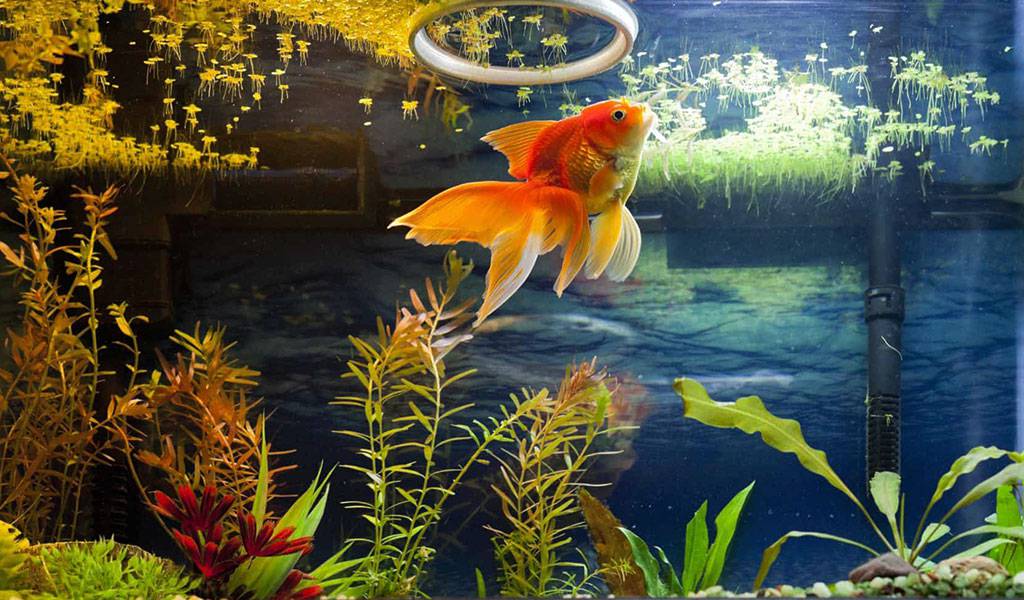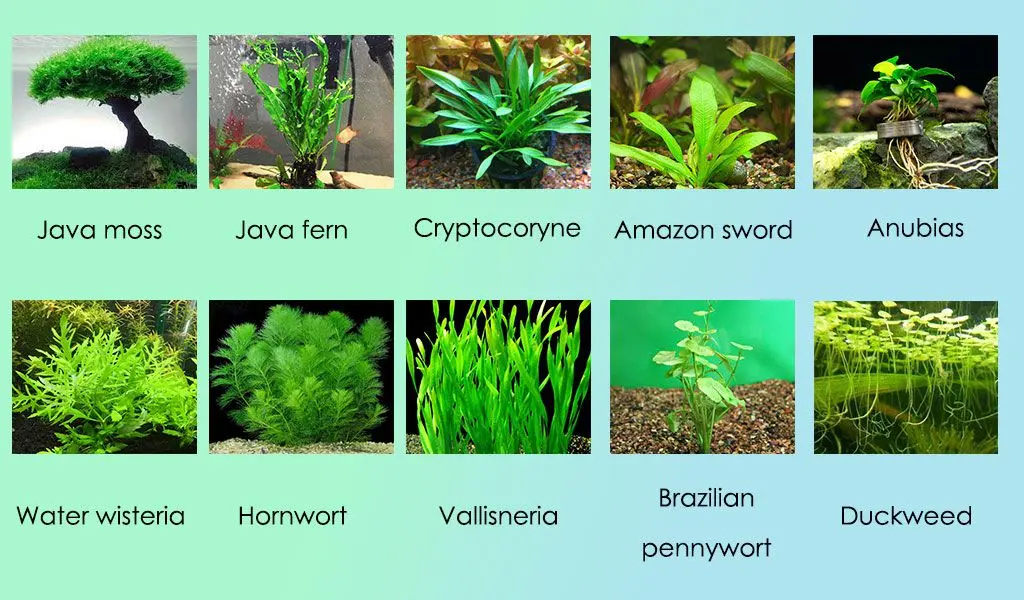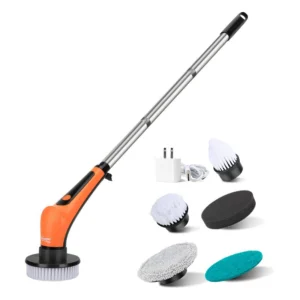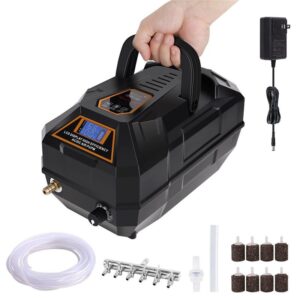When it comes to aquarium plants, what is the first thing coming to your mind? Generally, diverse aquarium plants vary in light requirements, from low to medium and high light. Here in this article, we are going to take a look at the best medium-light aquarium plants.
Content Table
What Is Medium Light for Plants
Medium light for plants indicates approximately 10 hours of lighting, a light intensity of 20-40 lumens/liter, and PAR values of 30-80 PAR or 50-120 μmol/s. Plus, here are some examples of medium-light aquarium plants. Red flame sword, Micro sword, Pearl weed, Peace lily, and Philodendron are excellent options for aquariums.
In addition to lighting, you should meet other requirements. For instance, appropriate living conditions, temperature, fertilization, and carbon dioxide concentration, while these factors will affect the rate of photosynthesis.
What Are the Effects of Medium Light Plants in the Tank
Effects of medium light plants in your tank
- Balanced aquatic ecosystem
Medium-light plants can contribute to a balanced and natural aquatic environment. They help absorb excess nutrients, reduce algae growth, and provide shelter and hiding places for fish and other marine organisms.
- Oxygen production
Through photosynthesis, medium-light plants release oxygen into the water, improving oxygen levels for fish and other organisms in the tank. This is typically beneficial in densely stocked aquariums or tanks with poor water circulation.
- Carbon dioxide absorption
During photosynthesis, medium light plants absorb carbon dioxide (CO2) from the water, which helps maintain a stable pH level and prevents excessive CO2 buildup. It benefits the overall water chemistry and the health of aquatic inhabitants.

- Aesthetically pleasing
Medium-light plants often feature vibrant colors, unique leaf shapes, and different growth patterns. They appeal visually to the aquarium, creating a more natural and attractive underwater landscape.
- Nutrient uptake
Medium-light plants require nutrients to grow, including essential macronutrients (nitrogen, phosphorus, and potassium) and micronutrients (such as iron and magnesium). Their presence in the tank helps maintain a nutrient balance and can reduce the likelihood of nutrient deficiencies or imbalances.
Appropriate medium light plants for fish tanks
Seeing so many aquarium plants, are you trapped in a dilemma? Questions, like what medium-light aquatic plants can be kept in fish tanks or which fish species plants are compatible with, may come to your mind. So, in this segment, we will give you some answers. Just take them as references.
| Medium-light plants for fish tanks | Compatible fish species |
| Java moss | Bettas, Guppies, Tetras, Rasboras, Shrimp, etc. |
| Java fern | Community fish, Tetras, Gouramis, Livebearers, etc. |
| Cryptocoryne | Tetras, Rasboras, Corydoras catfish, Dwarf cichlids, etc. |
| Amazon sword | Larger fish species, such as Cichlids, Angelfish, larger tetras, etc. |
| Anubias | Tetras, Rasboras, Gouramis, Catfish, etc. |
| Water wisteria | Tetras, Gouramis, Livebearers, Cichlids, etc. |
| Brazilian pennywort | Tetras, Gouramis, Livebearers, etc. |
| Hornwort | Goldfish, Guppies, Tetras, Danios, etc. |
No matter which aquarium plants you add to fish tanks, you’d better consider the specific requirements of the plants and fish species you plan to keep, including water temperature, pH level, lighting, and space requirements. Additionally, some fish species may tend to uproot or eat certain plants, so it is necessary to monitor their behavior and make adjustments as needed.
10 Best Medium Light Aquarium Plants
In this part, we are going to share the 10 most common and best medium-light aquarium plants. If you are willing to set up a planted tank, it is viable to choose the plants listed below.
1. Java Moss (Taxiphyllum barbieri)
Java moss are low to medium light plants. They are versatile and can be used to create green carpets, attach to hardscapes, or provide covers or hiding places for fish fry.
2. Java Fern (Microsorum pteropus)
Java ferns are low to medium undemanding plants, featuring distinctive and textured leaves. They do not need additional carbon dioxide. Also, they can be attached to rocks or driftwood, creating aesthetically appealing decorations.
3. Cryptocoryne (Cryptocoryne spp.)
Cryptocoryne can tolerate a wide range of lighting levels. A diverse genus of plants with various leaf shapes and colors makes it well-suited for midground or background placement.
4. Amazon Sword (Echinodorus spp.)
Amazon swords are hardy freshwater aquatic plants, making them an excellent option for beginners. Featuring broad, light green leaves and thin stems, Amazon swords can be focal points in the aquarium, requiring nutrient-rich substrate. The leaves look like sword blades, narrowing at the top. Furthermore, Amazon swords can grow flowers.
5. Anubias (Anubias spp.)
Anubias can thrive under low to medium light. It is hardy with broad and dark green leaves that can be attached to hardscape (e.g. stones, rocks, and wood) or planted in the substrate. Anubias grows slowly and comes in a surprising amount of subspecies.

6. Water Wisteria (Hygrophila difformis)
Water wisteria can grow in low to medium light levels, but it needs some fertilizer sometimes. Besides, as a fast-growing stem plant with delicate, fern-like leaves, it needs regular pruning and can be easily propagated.
7. Hornwort (Ceratophyllum demersum)
With a long green stem, it has branches every inch. The green leaves are thin, and their shapes are like needles. Hornwort can be planted in the substrate, or just float on the water’s surface. As a floating plant, it can provide hiding places and limit algae growth. Because it can block out light.
8. Vallisneria (Vallisneria spp.)
Vallisneria also grows well under low to medium light. It is from Africa, North America, South America, Asia, Australia, and Europe. Vallisneria is characterized by long and ribbon-like leaves that grow tall, providing a lush background and excellent shelter for your fish tanks. Typically, Vallisneria is a great option for betta fish tanks.
9. Brazilian Pennywort (Hydrocotyle leucocephala)
Brazilian Pennywort is native to Brazil. It is easy to care for and can be planted or floating plants. Featuring brilliant green leaves and a fast growth rate, Brazilian Pennywort can be used as midground or background plants in aquariums.
10. Duckweed (Lemna minor)
As one kind of aquatic flowering, small, and free-floating vascular plant, Duckweed can tolerate low to highlight levels. It is found in still waters and grows closely, just like a green carpet. Duckweed consists of three small leaves, possessing the appearance of a three-leaf arrangement. The leaves are always 0.12 inches in length. Besides, it has a small white root, less than one or two inches in length in general. For its excellent adaptability, it is hardy and can survive in cold or tropical water.
In Conclusion
Medium-light plants are perfect for tanks with medium-light. A dimmer or higher light may not help the plant growth. So, just research the plants’ requirements before introducing them to fish tanks or setting aquarium lights.
Related topics about aquarium plants
- Light Levels in Aquariums
- Lighting color you should know
- Lighting Requirements for Planted Aquarium
- Setting the Properly Aquarium Lighting Intensity


Leave a comment